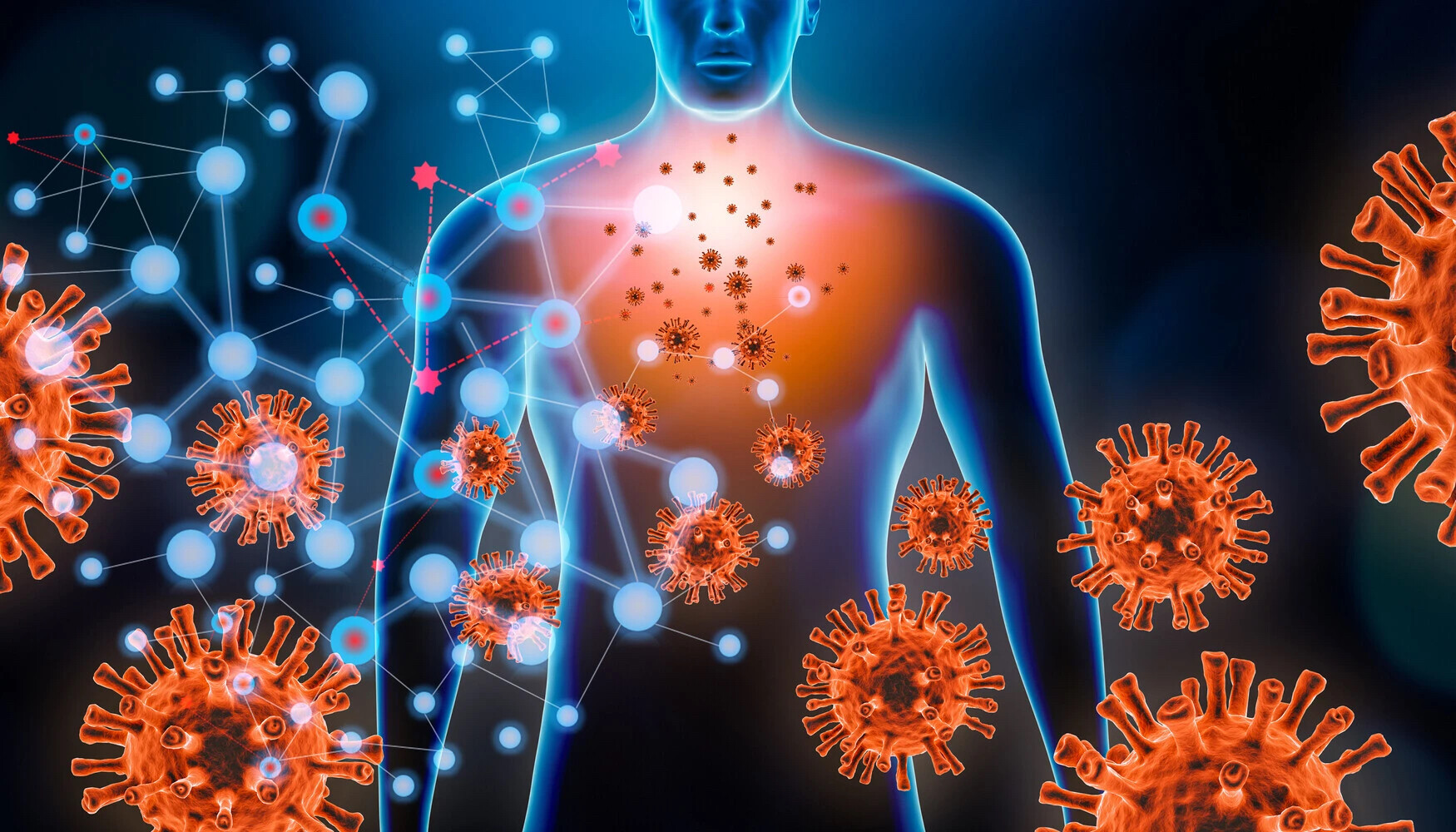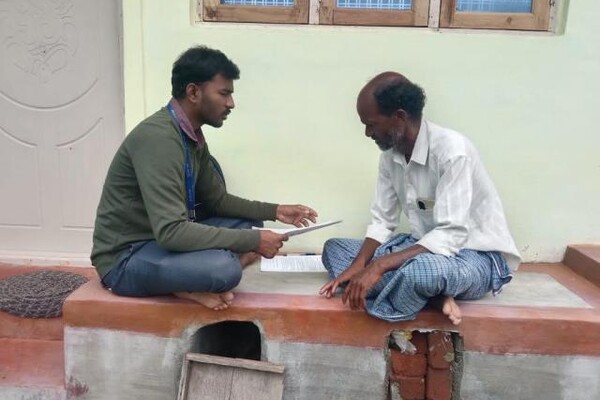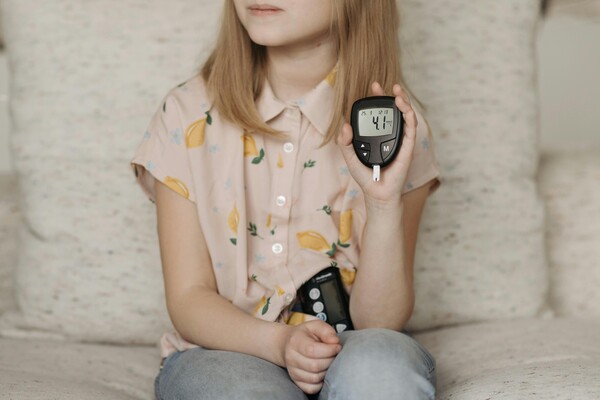Mobile Menu
- Education
- Research
-
Students
- High School Outreach
- Undergraduate & Beyond: Community of Support
- Current Students
- Faculty & Staff
- Alumni
- News & Events
- Giving
- About

What exactly are the molecular interactions between the virus causing COVID-19 and its human host? How might our genetic differences cause different disease courses? And how do still-emerging virus variants differ in their host-virus interactions? To answer these critical questions, an international consortium co-led by the Donnelly Centre investigator Frederick Roth has generated a systematic map of molecular contacts between the SARS-CoV-2 virus and its human host.
“To really understand the mechanistic connections between virus and host, we need to know how the parts fit together,” said Roth, a professor of molecular genetics and computer science at the Donnelly Centre for Cellular and Biomolecular Research and a senior scientist at the Lunenfeld-Tanenbaul Research Institute at Sinai Health System in Toronto.
Roth and scientists like him believe that a greater understanding of how the virus interacts with human cells at the molecular level has the potential to reveal genetic differences between individuals that could be used to predict patients at higher risk of severe disease and tailor treatment accordingly, as well as point to new treatments.
The contact map, published in the journal Nature Biotechnology, reveals more than 200 direct protein-protein contacts, or protein interactions, between the viral and human proteins. These include novel chains of connections between SARS-CoV-2 and human proteins encoded by the genes that have been linked to an increased likelihood of severe COVID-19 in other studies. They also found connections between the viral proteins and genes involved in metabolic disorders like obesity and diabetes that are known to worsen disease severity and outcomes.
Although several previous large-scale studies had reported protein-protein associations, these studies only revealed pairs of proteins that were near one another, and could not precisely identify direct contacts.
Owing to the large scope of the project, the research was carried out at six sites in Europe and North America. In addition to Roth, the study was also co-led by Pascal Falter-Braun, of Helmholtz Munich, Germany, Caroline Demeret, of the Institut Pasteur in Paris, France, and Michael Calderwood and Marc Vidal, of the Center for Cancer Systems Biology at Harvard University in Boston, U.S.
“We already know that genetic differences in humans have an important role in the course and severity of a COVID-19 infection,” said Pascal Falter-Braun, who directs the Institute of Network Biology at Helmholtz Munich.
“Thanks to identification of the molecular contact points, it is now possible to examine the underlying mechanisms,” he said.
Among the insights of the study is that the viral proteins directly activate molecular pathways involved in inflammation and immune signalling. These contacts may help explain the exaggerated inflammatory reaction, that plays a major role in severe cases of COVID-19.
Falter-Braun likens the interaction between the virus and human cells to a visit to a restaurant. The guest – the virus – initially has contact with the waiter, but when the waiter goes to the kitchen and communicates the order to the chef who prepares the meal, which will in turn impact the virus. Depending on which human proteins, that is, the waiter, chef, kitchen assistant, etc, encounter which proteins of the virus, the infection and immune reaction can turn out differently.
“Because of this mutual influence of protein-protein connections, our systematic contact map points to many potential drug targets,” added Falter-Braun.
The identified protein contacts also include those that affect the function of SARS-CoV-2, by impacting the rate at which the virus replicates in cells. The researchers were for example able to confirm, that the human protein USP25 is recruited to help certain viral process and that its inhibition significantly reduces the multiplication of the virus.
"Many of the technologies and collaborations in this study were developed for other purposes, then quickly 'pivoted' to the COVID-19 pandemic, highlighting the value of fundamental research investments” says Dr. Dae-Kyum Kim, a lead author who began this work at U of T and continued it as an assistant professor at the Roswell Park Comprehensive Cancer Center in Buffalo, U.S.
Charting the contact map was at times like solving a huge puzzle and called for latest technology, including robotics for handling plates containing the cells and artificial intelligence for data analysis. The mammoth task involved systematically examining all possible pairwise interactions between around 30 viral proteins and 17,500 human proteins which were expressed in yeast cells for a faster throughput. In total, the team analyzed 450,000 protein pairs to identify the roughly 200 interactions that occur upon infection.
The effort, the researchers believe, was worth it. The contactome map will serve as a platform for the scientific community to study individual interactions in more detail and to understand their impact on molecular mechanisms and clinical progression, and thus uncover starting points for new therapeutic interventions.
"Importantly, the methods and workflow used here, could be applied to future emerging pathogens, highlighting the value of putting a research surveillance network in place to more rapidly characterize new biological threats and explore therapies to address them,” said Roth.

